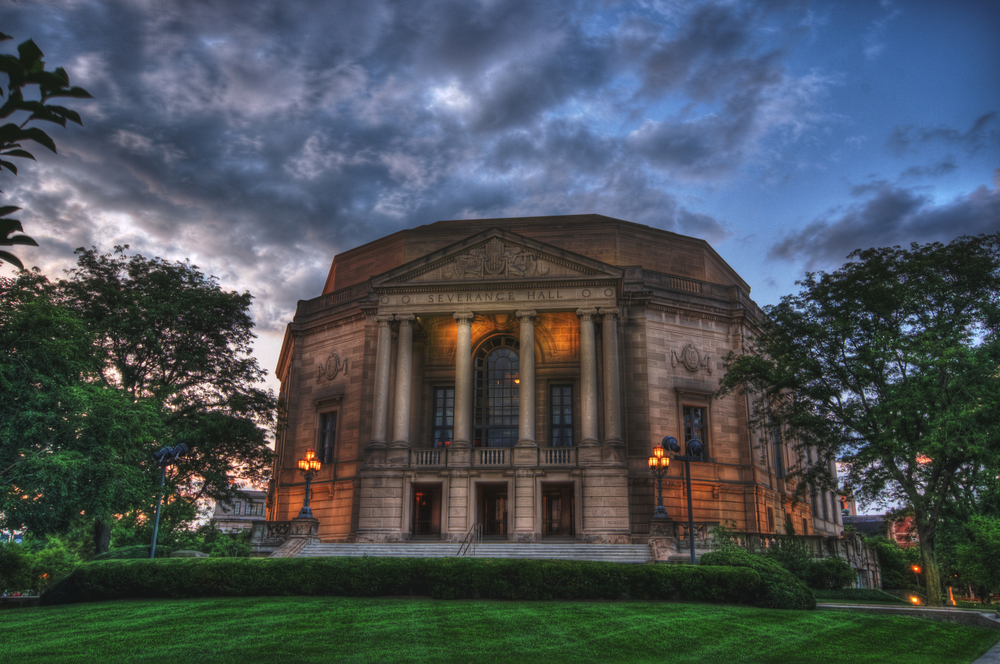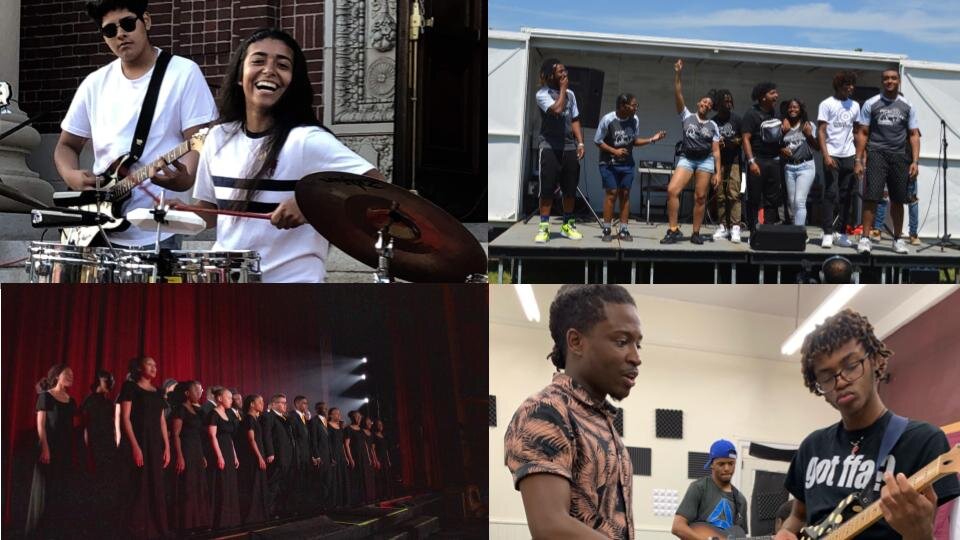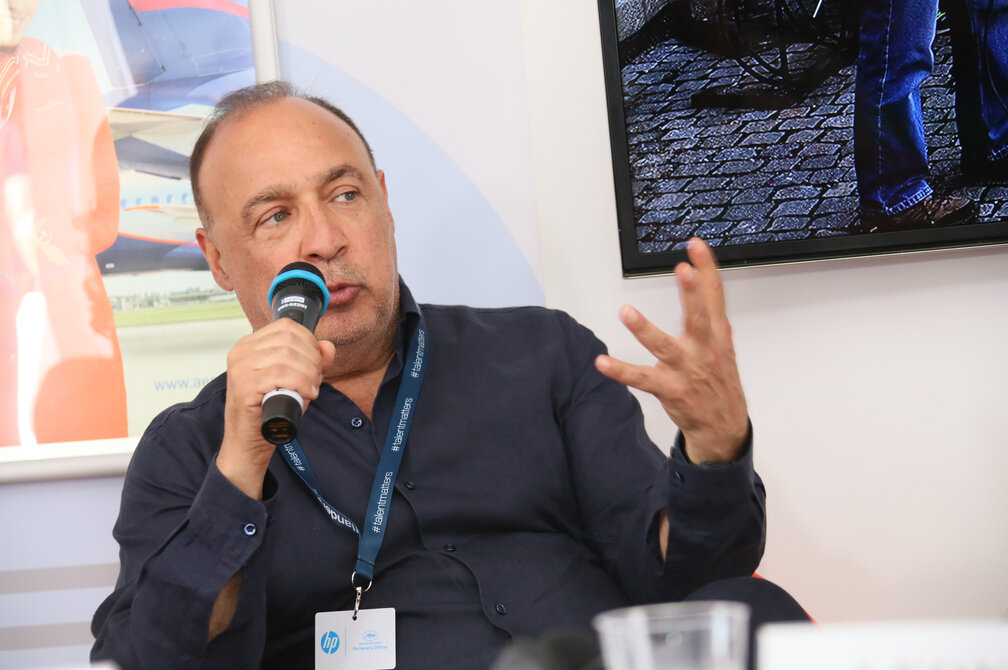Unexpected, But Not a Coincidence: A Case Study in the Regional Arts Philanthropy Boom
/photo: Linda Waldrop/shutterstock
The Cleveland Orchestra recently celebrated an "unexpected" gift from the estate of Jean Tower Taber to the tune of $9.3 million. The gift was outlined in Taber’s written estate plans. The orchestra learned about it only after her death.
But a closer look at the conditions behind the gift suggests the orchestra shouldn’t be completely shocked. "Luck," to quote Branch Rickey, "is the residue of design," and in the case of Jean Tower Taber, her gift was a result of the orchestra’s methodical, decades-long efforts to broaden its donor base while rolling out engaging programming.
I’ll examine the orchestra’s work and how it fits into Cleveland's emergence as a national arts hotspot in a moment. But first, let’s look at the donor behind this surprising—yet, not-so-surprising—gift.
Jean Hower Taber was the great-granddaughter of John H. Hower, one of the founders of the Quaker Oats Company, originally based in Akron, Ohio. In 2004, she received an honorary degree from the University of Akron, and provided the school within over $7.7 million in her lifetime. She also served as a trustee for life with the Cleveland Natural History Museum.
Here’s where the orchestra’s fundraising foresight comes into sharper focus.
It launched the Heritage Society in 1994 to broaden and promote planned giving support. The group is composed of individuals who have included the orchestra in their estate plans. Benefits of membership include access to exclusive events, including the annual Heritage Society Chamber Performance and Brunch, and listing on the Heritage Society roster in the orchestra's program books and annual report.
The Heritage Society currently includes over 600 members.
Taber created a charitable gift annuity with the orchestra in 2001, which provided her with ongoing income during her lifetime. This annuity distributed approximately $500,000 to the orchestra following her death last year.
"The Cleveland Orchestra was a meaningful part of Jean’s life, and she felt the orchestra was especially important to the Cleveland community—the orchestra's exemplary artistry and commitment to education and community resonated strongly with her," said Taber’s brother, James Hower.
Hower’s comment echoes the prevailing donor sentiment across the classical music world.
Orchestras, donors contend, need to shed their elitist image and cultivate deep and lasting relationships across the community. A particularly applicable case study comes to us from the nearby Detroit Symphony Orchestra.
A 2011 labor agreement embedded new engagement efforts, like a new streaming program, Live at Orchestra Hall. The program quickly received support from other donors, and soon became, according to the New York Times, "the most ambitious free web-streaming program of any major American orchestra."
Fast forward to 2017. Upon announcing $18.5 million in new funding from the Andrew W. Mellon Foundation and three other funders, DSO President and Chief Executive Anne Parsons said that, thanks to these engagement efforts, the orchestra raised more in donations, sold more tickets and, in 2013, balanced its budget for the first time since 2007.
Other examples include the Seattle Symphony's use of market research to create compelling programming, and the League of American Orchestras' Ford Musician Awards for Excellence in Community Service, a program supporting orchestra musicians and the work they do in their communities.
The Cleveland Orchestra offers a host of programs geared toward families, educators, youth and adults. Its Music Explorers Series lets children and families learn about specific instruments from orchestra musicians and guests. (My favorite class? "The Tremendous Tuba.")
Taber's gift also demonstrates that Cleveland continues to enjoy sustained and impressive fundraising success across arts sectors.
I first explored this issue back in 2015, while looking at the city's emergence as a national theater mecca. Central to this development was surging support from stalwart institutional funders like the KeyBank Foundation and the Cleveland Foundation.
"Like many legacy cities or Rust Belt cities, Cleveland has had a hard road. Right now, we are really turning a corner—there is more growth, more excitement and more energy here than in a very long time," said Laura Kepley, the artistic director of the Cleveland Play House.
Earlier this year, the KeyBank Foundation donated $10 million to Cleveland's Rock and Roll Hall of Fame the largest gift in its history. Expounding on the foundation's mission, CEO Beth Mooney said it "strives to be the long tentpole in all the communities we serve."
And in mid-August, the Cleveland Museum of Art and the Cleveland Foundation announced the launch of Creative Fusion: Composer Series, a new program to support the creation of six original works by international composers for the museum's performing arts series.
The program, said William Griswold, director of the museum, will "advance the mission of the museum, reinforcing its stature as a leader among global arts institutions."
The cumulative effect of these developments provides an instructive case study into the regional philanthropy boom in places like the Rust Belt.
There are more rich people than ever, they're spread out all across the country, and they're giving back to hometown institutions at "big city" levels. Throw in continued support from loyal foundations, and that's a recipe for what American Theatre called Cleveland's "urban renaissance."







































